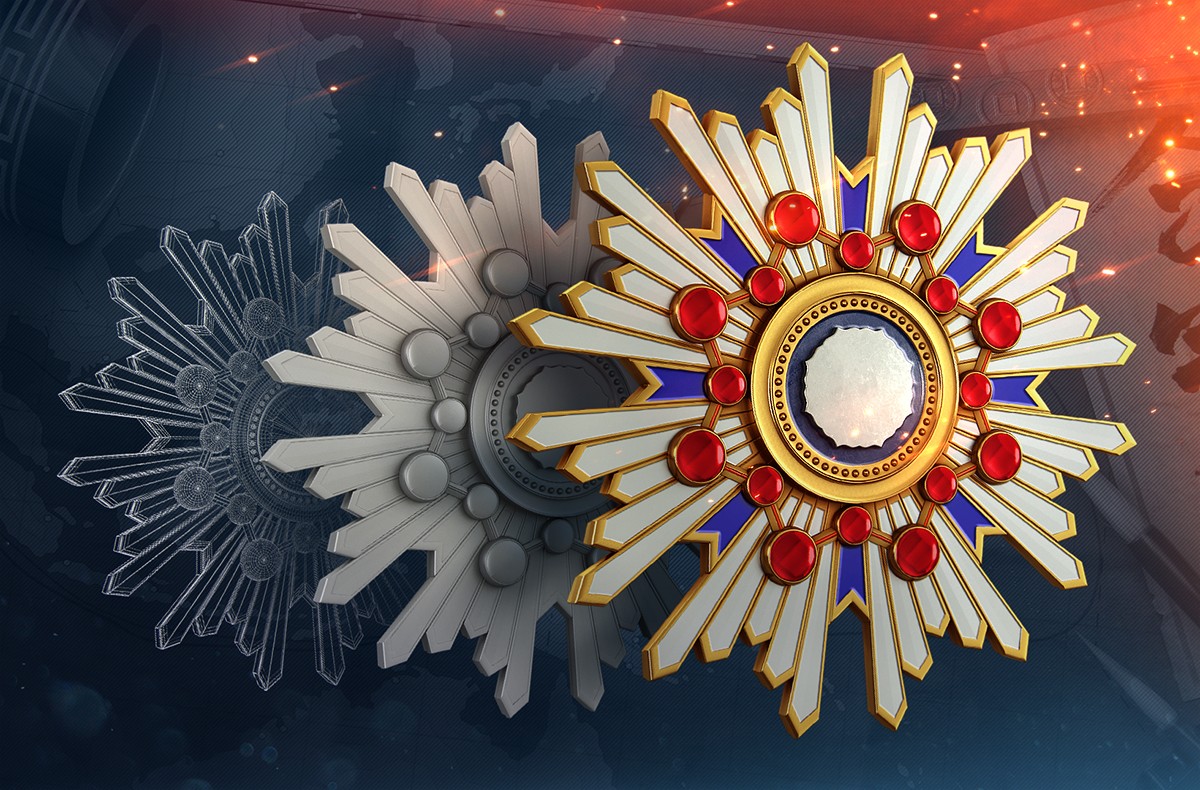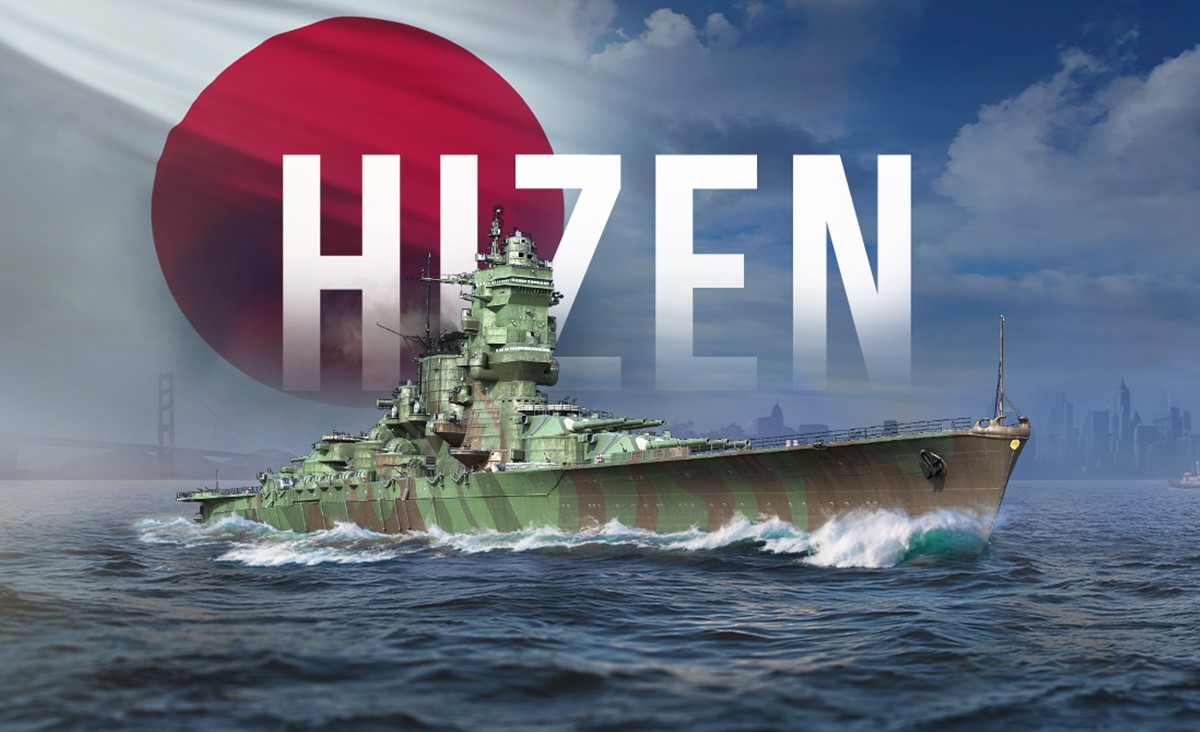
These issues made him a target of assassination threats by pro-war militarists. Grew for the bombing of the gunboat USS Panay in December 1937.


As Deputy Navy Minister, he apologized to United States Ambassador Joseph C. Yamamoto opposed the Japanese invasion of northeast China in 1931, the subsequent full-scale land war with China in 1937, and the Tripartite Pact with Nazi Germany and fascist Italy in 1940. Yamamoto was a strong proponent of naval aviation and served as head of the Aeronautics Department, before accepting a post as commander of the First Carrier Division. He participated in the London Naval Conference 1930 as a rear admiral and the London Naval Conference 1935 as a vice admiral, as the growing military influence on the government at the time deemed that a career military specialist needed to accompany the diplomats to the arms limitations talks. His first command was the cruiser Isuzu in 1928, followed by the aircraft carrier Akagi. Later that year, he changed his specialty from gunnery to naval aviation. On February 13, 1924, Captain Yamamoto was part of the Japanese delegation visiting the United States Naval War College. Yamamoto traveled extensively in the United States during his tour of duty there, where he studied American customs and business practices. He also opposed war against the United States, partly because of his studies at Harvard University (1919–1921) and his two postings as a naval attaché in Washington, D.C., where he learned to speak fluent English. This stance led him to oppose the invasion of China. He promoted a policy of a strong fleet to project force through gunboat diplomacy, rather than a fleet used primarily for the transport of invasion land forces, as some of his political opponents in the Army wanted. Yamamoto was part of the Japanese Navy establishment, who were rivals of the more aggressive Army establishment, especially the officers of the Kwantung Army. Yamamoto with United States Secretary of the Navy Curtis D. Isoroku married Reiko Mihashi in 1918 they had two sons and two daughters. It was a common practice for samurai families lacking sons to adopt suitable young men in this fashion to carry on the family name, the rank and the income that went with it.


In 1916, Isoroku was adopted into the Yamamoto family (another family of former Nagaoka samurai) and took the Yamamoto name. " Isoroku" is an old Japanese term meaning "56" the name referred to his father's age at Isoroku's birth. His father, Sadayoshi Takano (高野 貞吉), was an intermediate-rank samurai of the Nagaoka Domain. Yamamoto was born Isoroku Takano ( 高野 五十六, Takano Isoroku) in Nagaoka, Niigata. His death was a major blow to Japanese military morale during World War II.
Yamamoto isoroku attributes in steel ocean game code#
He was killed when American code breakers identified his flight plans, enabling the United States Army Air Forces to shoot down his plane. He was the commander-in-chief during the early years of the Pacific War and oversaw major engagements including the attack on Pearl Harbor and the Battle of Midway. Yamamoto held several important posts in the IJN, and undertook many of its changes and reorganizations, especially its development of naval aviation. Isoroku Yamamoto ( 山本 五十六, Yamamoto Isoroku, April 4, 1884 – April 18, 1943) was a Japanese Marshal Admiral of the Imperial Japanese Navy (IJN) and the commander-in-chief of the Combined Fleet during World War II until his death.


 0 kommentar(er)
0 kommentar(er)
